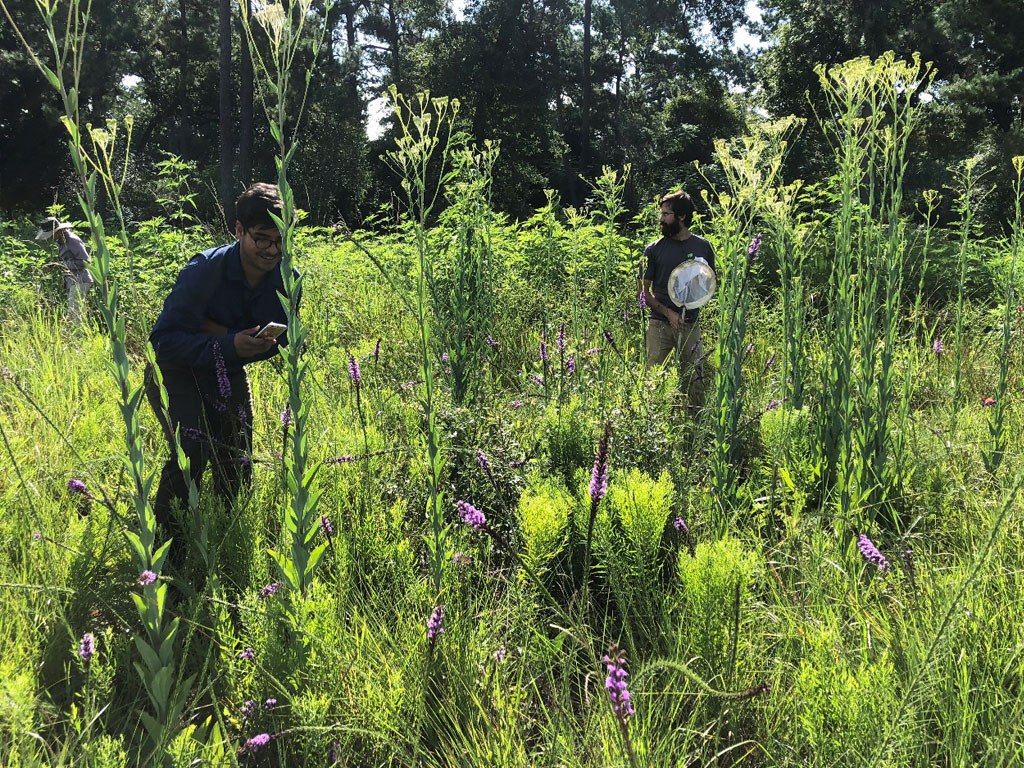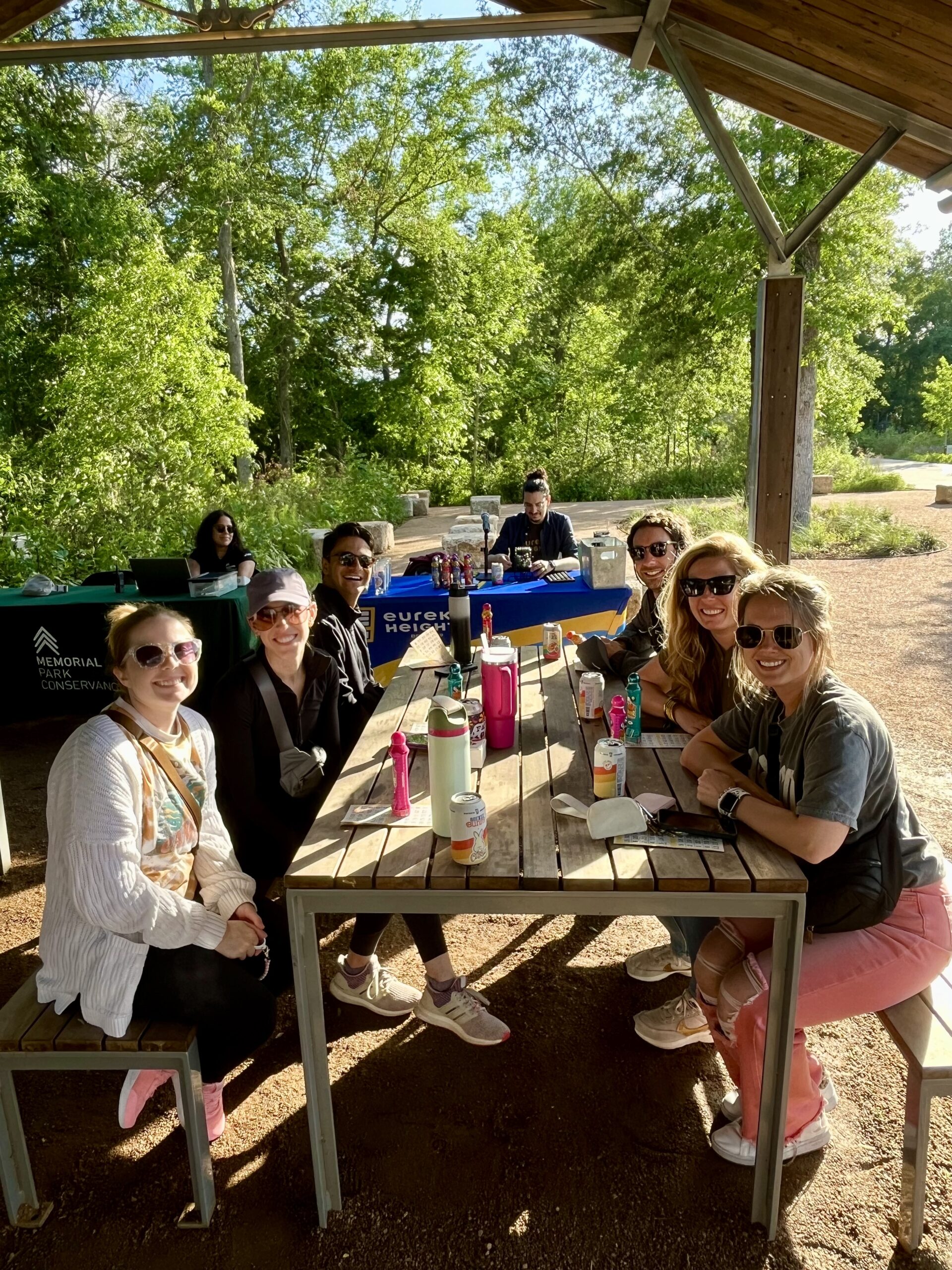Discover
Nature & Conservation
The Park’s various landscapes are home to a wide diversity of plant and animal species.
Conservation through Ecological Restoration
As MPC continues implementation of its Master Plan, the Park’s natural areas are being gradually transitioned from their existing state of imbalance to the appropriate ecology for each area within the Park. Each of these areas requires an extensive ecological restoration and conversion process, often taking many years before moving into a maintenance regime. Components of MPC’s successful maintenance approach include:
Conversion of the landscape through addition of woody species and herbaceous plants
Removal of invasive species to open up the ground plane
Ongoing maintenance of the newly established healthy condition
The resulting improved natural areas will be more resilient to climatic conditions and more hospitable to diverse fauna. Initially, these landscapes will require more intensive maintenance during the conversion process; however, this will gradually decrease over time as they become established.
The outcome will be a Memorial Park that is more robust and resilient, reminiscent of the forest of the past—a majestic gallery gently dispersing into savanna and prairie—restoring this unique urban wild for present day and future generations.
Memorial Park Natural History
Memorial Park was once a dynamic mixture of landscapes. This majestic and unrefined gallery along Buffalo Bayou dissipated north and south then evaporated into savanna, then into prairie. Large diameter oaks and pines were scattered throughout.
Hardwood trees including bald cypress edged the bayou and bottomlands transitioning to a pine and hardwood mix upland. The north-to-south slope along with clay-pan soil made for a slow draining system creating what is known as a wet ecology. Dramatic drops in elevation were provided by tributaries and ravines. The area was lush with plants and alive with flourishing populations of bison, coyotes, beavers, armadillos, opossums, raccoons and deer. Bears and alligators would not have been uncommon.
View Our Research
Learn about the Memorial Park Conservancy’s research efforts
Ecological Areas
Wetlands
Seasonally wet areas will be a feature of Memorial Park as long as it is flat, its clayplan soil horizon remains, and Houston receives 50 inches of rain per year. Outside of high use areas, wetlands and frequently ponded areas can be beautiful and unique landscape typologies. They are critical to certain plant and wildlife species and provide a natural means of temporarily storing stormwater on the site.
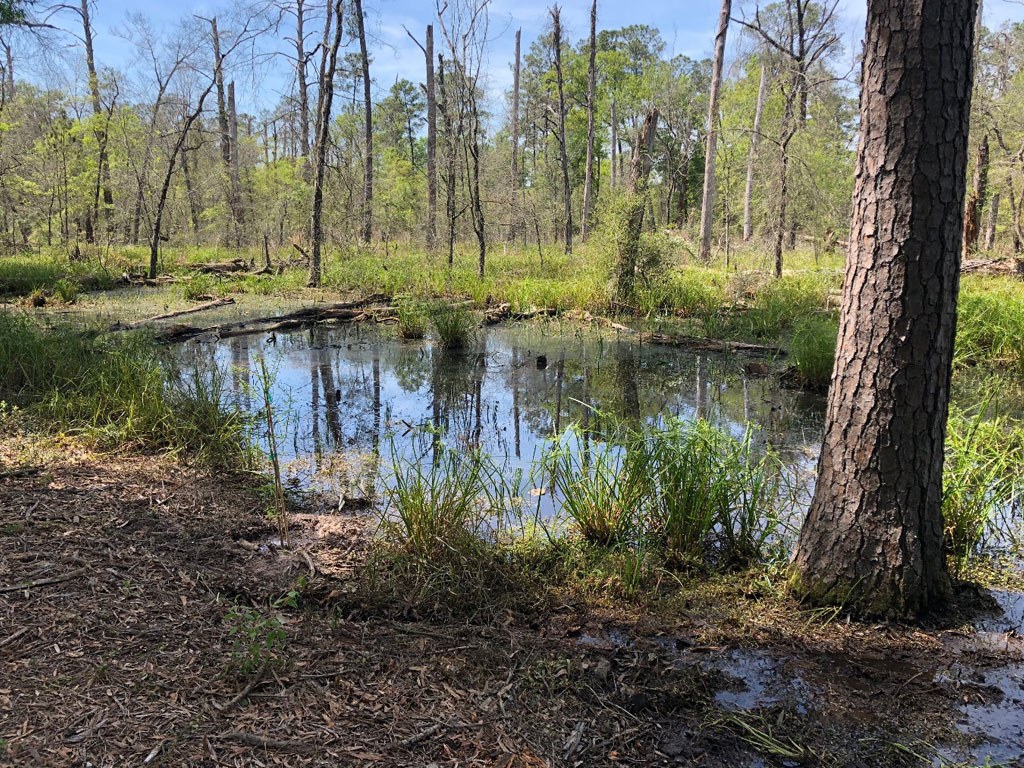
Savanna
Although unfamiliar to Memorial Park in recent decades, the savanna that was once a dominant feature of this area will become the Park’s defining ecological type. Clusters of pines and hardwoods known as “motts” of varying sizes will dot an understory of native grasses and forbs. The presence of more sunlight will allow for the development of specimen trees, ones that become sculptural characters in the landscape. When dead standing wood and invasives are removed and a more open overstory is created, an existing dormant seedbank of native species will emerge and thrive. The tawny grasses and full canopied trees of the savanna will become the iconic landscape type of Memorial Park.
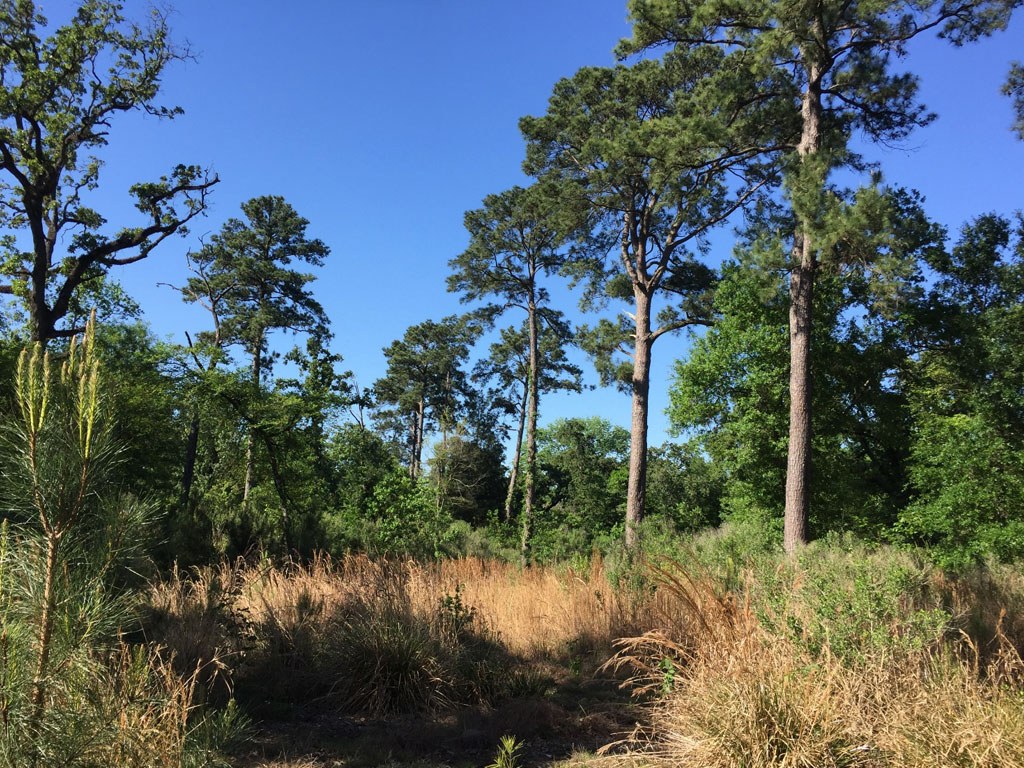
Forest
When the invasive thicket is removed, the pine-hardwood forests will have a very different character than they do now. Instead of appearing like an impenetrable mass, they will be filled with light and air between the trees with occasional groupings of shrubs and a low, native understory.
These areas within Memorial Park will be ideal for both people and wildlife. The canopy of the existing mature trees are ideal bird habitat. A restored understory and midstory will become better habitat and forage for wildlife. Carefully designed trails will allow people to experience select areas within the forest.
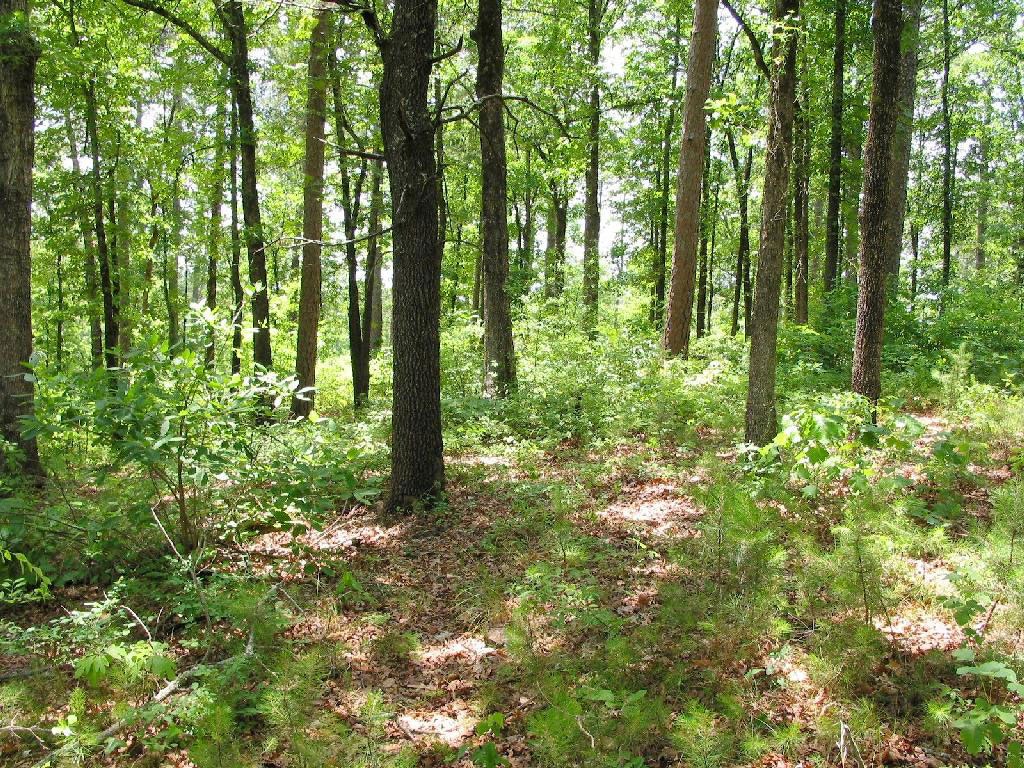
Prairie
Existing patches of native prairie in Memorial Park are thriving in the CenterPoint utility easement and around Memorial Drive. These patches will be expanded and become the geographic center and the heart of the Park.
Stretching across the contours of the land bridge, lower vegetation will afford views that have never been seen before in this part of Houston.
With a diverse mix of grasses and forbs, the expanded prairie complex will be beautiful year-round and serve as important habitat for nesting birds and other small animals, reptiles, and insects.
